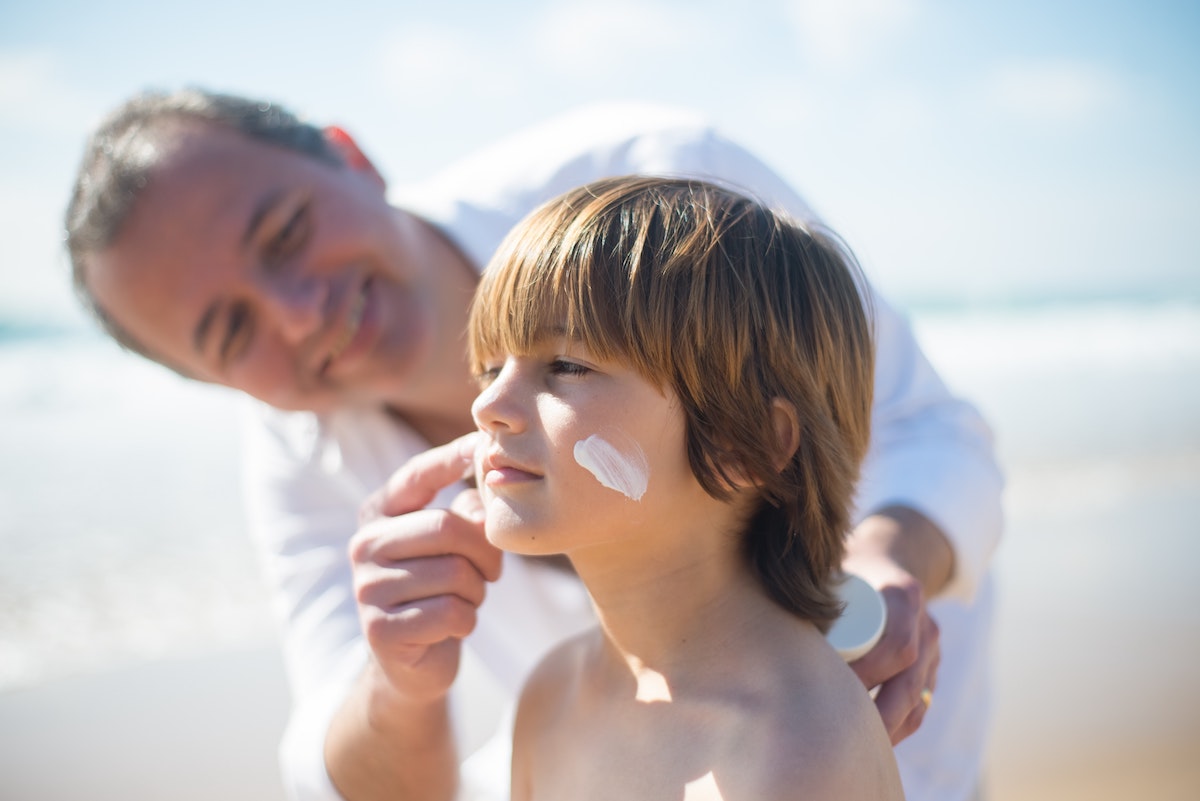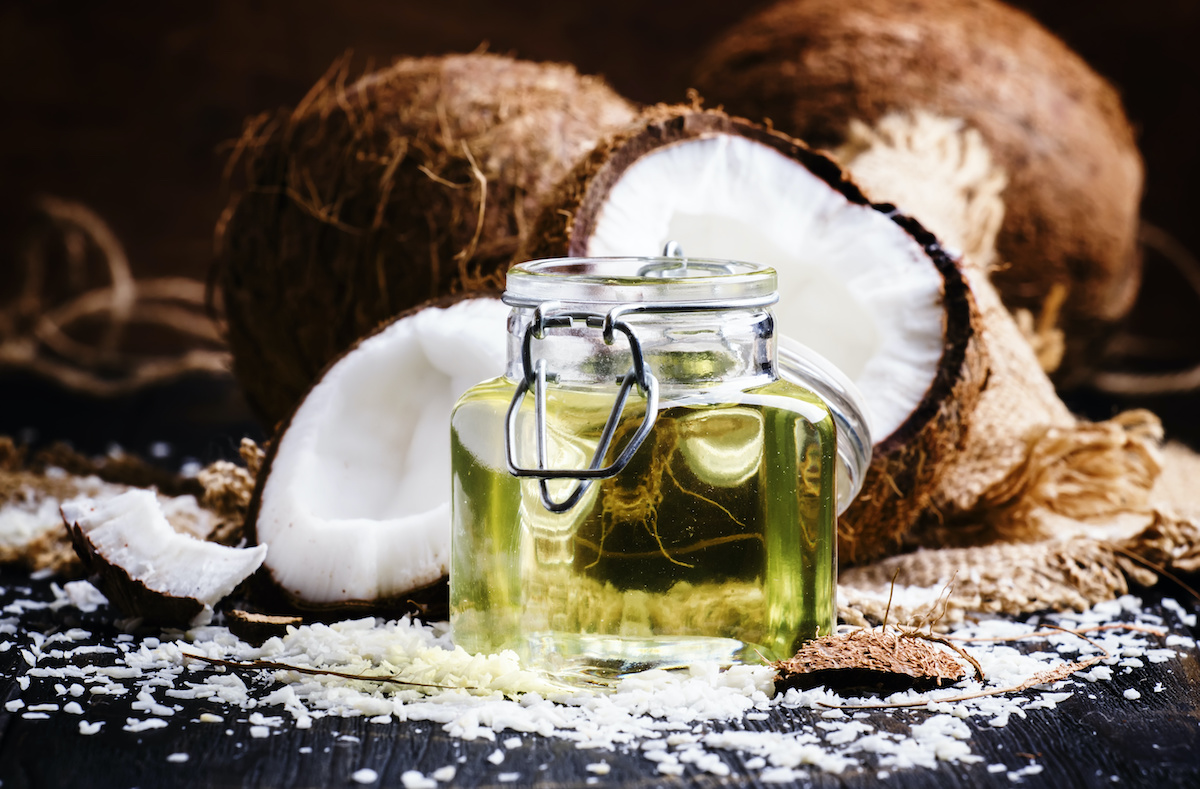Improve Your Gut Health and Reduce Toxins With Lemon Water and Zest
You’ve probably heard of drinking lemon water for any number of ailments, and though there is limited scientific research to back up many of its purported benefits, there is still plenty of proof that should inspire you to include lemon water in your morning routine. Additionally eating lemons and enjoy lemon zest throughout the day can help boost your health. Unlike many other health fads and fleeting trends, this wellness aid is more than just smoke and mirrors. Read on for our favorite reasons to drink a glass of warm (or cool) lemon water as soon as you step out of bed and enjoy the zest all day long!













